What is an urban ecosystem?
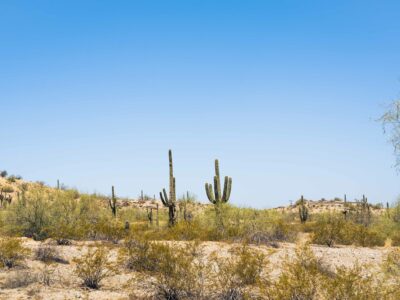
Find out what makes an urban LTER site with examples from three ecosystems at the Central Arizona-Phoenix Long-Term Ecological Research site.

Find out what makes an urban LTER site with examples from three ecosystems at the Central Arizona-Phoenix Long-Term Ecological Research site.
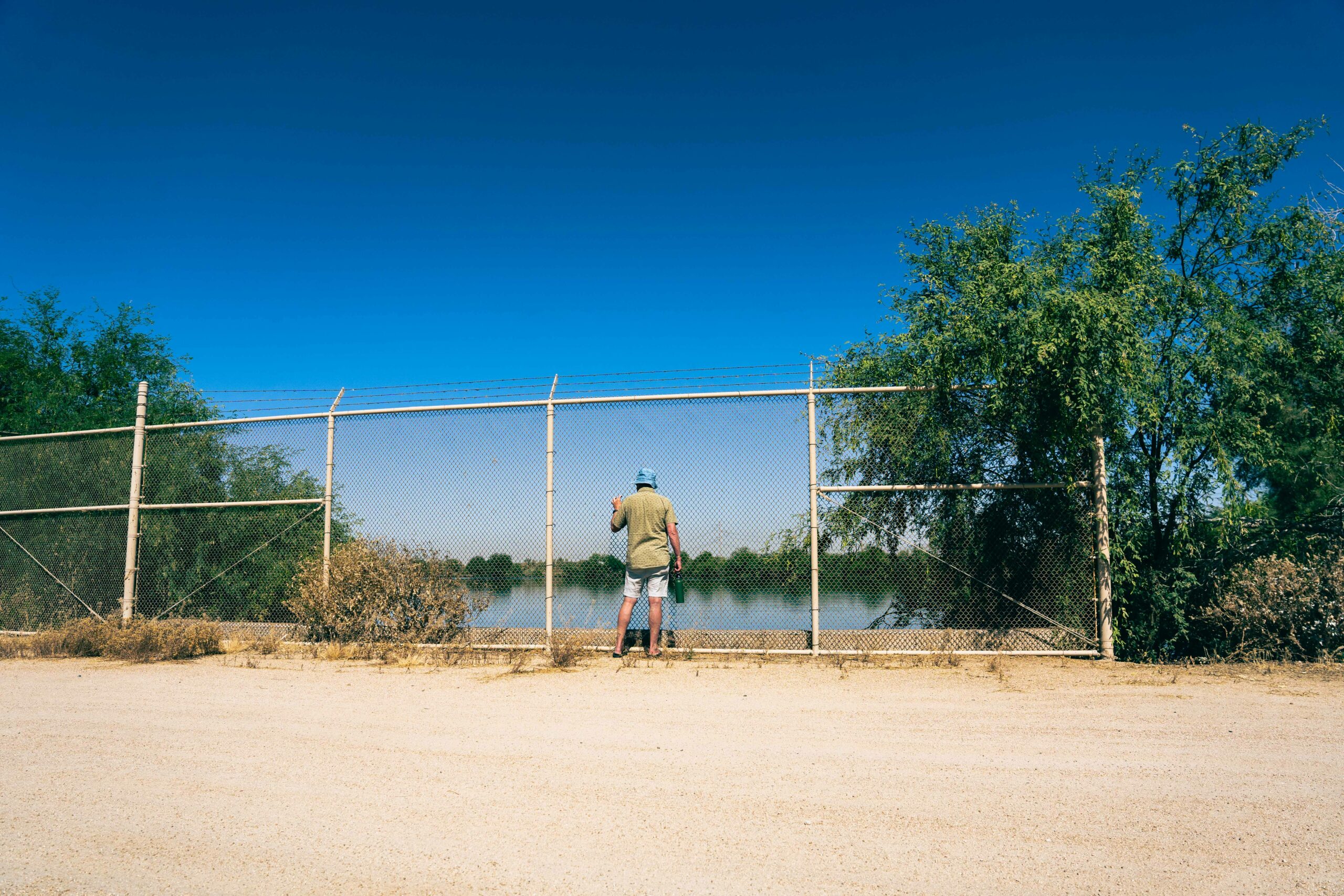
The Phoenix Area Social Survey uncovers residents’ relation to the landscape around them, revealing drivers of urban environmental change.
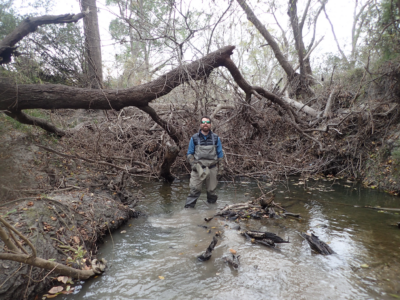
Ecosystems resist devastation from hurricanes by choosing either of two strategies: high resistance or high resilience.
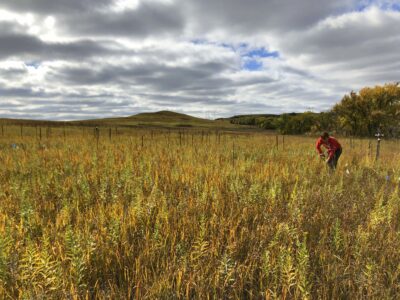
New research from a long-term experiment at the Konza Prairie LTER shows that past climate conditions influence how ecosystems respond to current water availability.
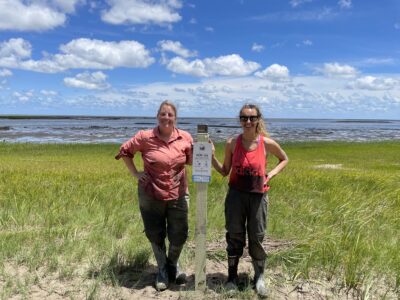
With just a phone camera, anyone can add to a growing dataset tracking environmental change at the Virginia Coast Reserve LTER.
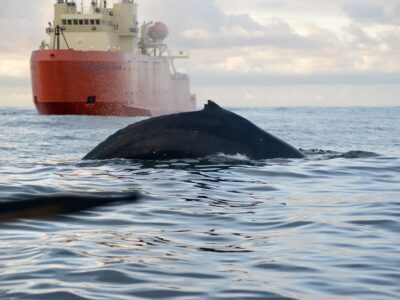
Palmer Antarctic LTER researchers track the full migration of Southeast Pacific humpback whales, the first time this has been done.
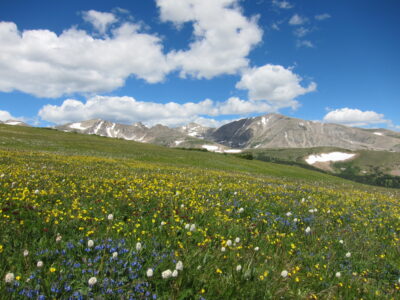
Can plants dictate how soil microbes respond to nitrogen deposition? New research says no, and sheds light on plant-microbe dynamics.

LTER has a strong presence at the American Geophysical Union Fall Meeting in 2021. See which talks are happening here:
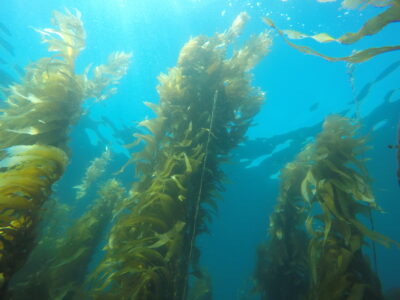
For Southern California reefs and beaches, giant kelp fuels the food web and creates an environment in which biodiversity booms. But the nutritional quality of kelp is lower than it once was, a new study from the Santa Barbara Coastal LTER shows. The culprit? Climate change and warming ocean water, coauthors Dr. Heili Lowman and Kyle Emery find.
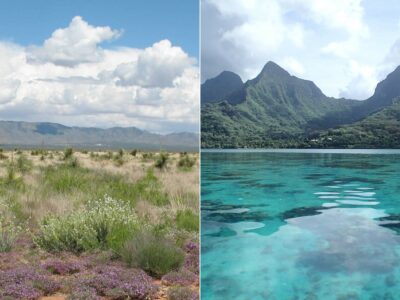
The LTER Synchrony Synthesis group links richness synchrony to ecosystem stability in a new study, showing synchrony is a key control on ecosystem functions.